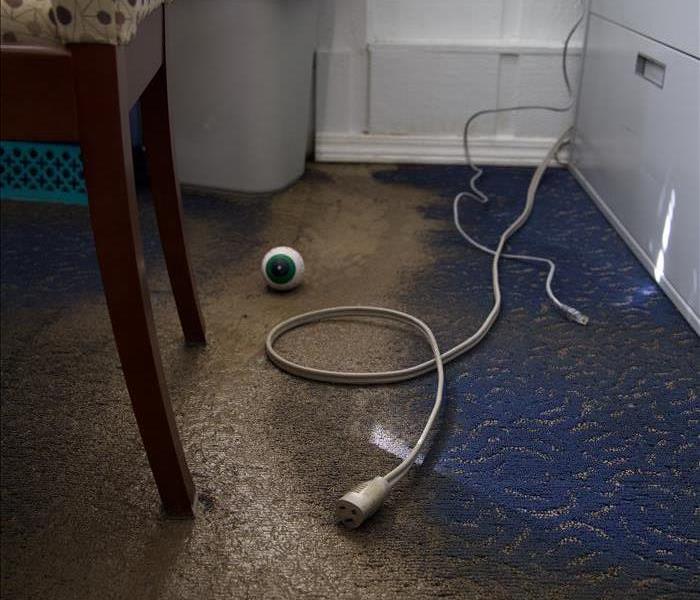How to Properly Ventilate Your Home to Prevent Mold
7/10/2024 (Permalink)
 By following these ventilation tips, you can create a well-ventilated home that minimizes the risk of mold issues.
By following these ventilation tips, you can create a well-ventilated home that minimizes the risk of mold issues.
Proper ventilation is key to maintaining a healthy and mold-free home environment. Effective ventilation helps control moisture levels, improve indoor air quality, and prevent mold growth. By following these ventilation tips, you can create a well-ventilated home that minimizes the risk of mold issues.
Use Exhaust Fans in High-Moisture Areas
Areas prone to high humidity, such as bathrooms, kitchens, and laundry rooms, are especially susceptible to mold growth. Use exhaust fans in these spaces to remove excess moisture and humidity from the air. Turn on the exhaust fans during and after activities that generate moisture, such as showering, cooking, and using the washing machine.
Open Windows for Fresh Air Circulation
Allowing fresh air to circulate through your home is essential for proper ventilation. Open windows and doors whenever weather permits to encourage air exchange and prevent stagnant, humid conditions that can promote mold growth. Cross-ventilation by opening windows on opposite sides of your home can help create a natural airflow.
Consider Using Ventilators or Air Exchange Systems
In homes with limited natural ventilation, consider using ventilators or air exchange systems to bring in fresh outdoor air and expel stale indoor air. These systems help regulate indoor air quality and prevent the buildup of excess moisture, which can contribute to mold issues.
Inspect and Maintain Ventilation Systems
Regularly inspect and maintain your ventilation systems to ensure they are operating efficiently. This includes cleaning or replacing air filters in HVAC systems, removing dust and debris from vents, and checking for any blockages that may hinder airflow. Properly maintained ventilation systems can help control humidity levels and prevent mold growth.
Address Moisture Sources and Leaks
In addition to proper ventilation, it's essential to address any moisture sources and leaks in your home. Fixing water leaks, maintaining proper drainage, and ensuring the integrity of your home's exterior can help prevent moisture infiltration and the conditions that foster mold growth.
Use Dehumidifiers When Necessary
In particularly humid climates or areas with persistent moisture issues, using dehumidifiers can aid in controlling indoor humidity levels. Dehumidifiers can help remove excess moisture from the air, especially in basements, crawl spaces, and areas where ventilation may be limited.
Maintain Attic and Roof Ventilation
Proper attic and roof ventilation are crucial for preventing moisture buildup and mold growth. Ensure that your attic and roof have adequate ventilation through vents and fans to promote air circulation and prevent condensation. Proper insulation and ventilation can help protect your home from potential mold issues.
By implementing these ventilation strategies, you can create a well-ventilated home environment that reduces the risk of mold growth. If you have concerns about mold or need professional assistance with mold remediation, SERVPRO® offers comprehensive mold remediation services to help address mold issues and maintain a healthy living environment.
Proper ventilation is a key component of mold prevention, and by taking proactive steps to improve airflow and control moisture, you can help protect your home from the potential hazards of mold.
For more information on ventilation and mold prevention, feel free to reach out to SERVPRO for expert guidance and assistance.





 24/7 Emergency Service
24/7 Emergency Service